Question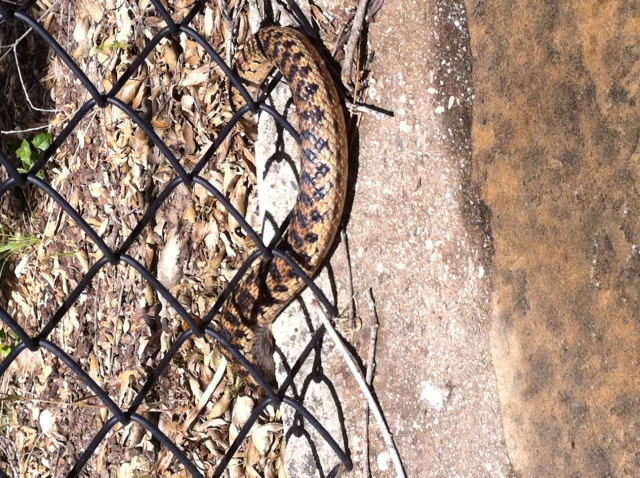 Snake
Snake
QUESTION: Hi Chris
I have a snake in the garden in Topanga, LA and would like to identify it as venomous or not. It is about 3 feet long and slender to about 2 inches max in the middle, it's neck is narrower than the head, with a black tongue and there is no rattler on the end. Tweeters have said everything from a gopher to a viper. I'd like an expert opinion. I have another picture of the head if required.
Kind regards and thank you for you time.
Mark
ANSWER: Hi,
Exciting! The snake you have sent a picture of is definitely NOT venomous. I can definitely say that much.
I think I know what it is, but before I rant on about the species and get too excited, could you please send along a picture of the head (even if it's not such a good picture, it will help me confirm what it is). Then, I will get right back to you.
Dude, if this is what I think, I'm designating your yard a wildlife sanctuary for its protection. :-)
Has it been consistently living there?
-Chris
---------- FOLLOW-UP ----------
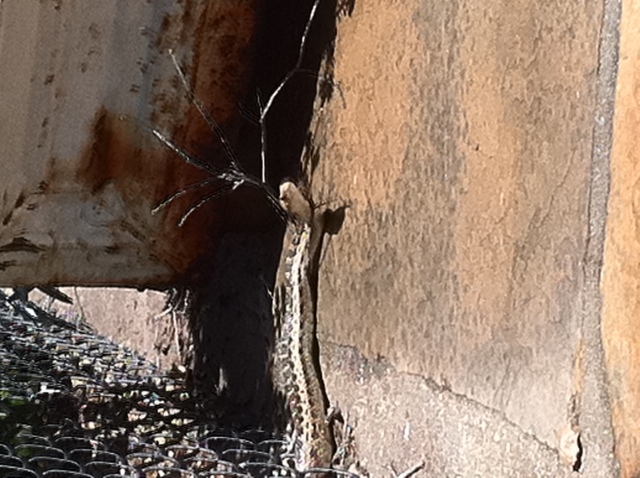 Snake head
Snake head
QUESTION: Well I am renting Here for may and we have seen it twice now...
Not particularly clear but it might be enough. We have more if you need them. Just let me know.
kind regards
Mark
AnswerHi,
Haha...I didn't know where Topanga is, and I thought LA stood for Louisiana. (Maybe I should consult 'allexperts' geographers.) The fact that you are in Los Angeles makes your snake ever so slightly less interesting, but cool nonetheless. You see, I thought that your snake might be a Louisiana Pine Snake (Pituophis ruthveni), possibly the rarest and most endangered snake native to the United States.
The snake in your photos is, however, the similar, closely related (yet, much more common) San Diego Gopher Snake (Pituophis catenifer annectens).
While additional snake species may be present near your garden, I am 100% certain of this identification...the snake in the two photos you have posted is a San Diego Gopher Snake (at least assuming that you are in Los Angeles, CA...haha).
The San Diego Gopher Snake lays eggs and can reach rather large sizes as an adult, anywhere from 4 to 8 feet. This species feeds mostly on birds and rodents, and sometimes on other reptiles. Hence, if there is garbage or rubble around which may attract rodents, or plants that attract birds or lizards, this may be why the snake is attracted to your garden. The snake will help keep the rodent population under control, so, in this way...it is a 'good guy.'
The species, Pituophis catenifer, is known by several names (including Bullsnake, Gopher Snake, etc.) throughout different regions of its extensive distribution, which includes most of the western United States. The subspecies known as the San Diego Gopher Snake (Pituophis catenifer annectens) is found only near the coastline of southern California.
If threatened, the San Diego Gopher Snake will likely hiss loudly, and flee if possible, only striking if harassed or cornered. However, the San Diego Gopher Snake is NOT VENOMOUS, and is relatively safe to handle. If handled, it may bite, but will likely barely break the skin (except for very large specimens, which may be able to inflict a more serious bite); also, if handled, this snake will likely excrete an odorous musk, in an attempt to deter a potential predator (after all, that's how it views you...if you approach it, the snake will think you are going to try to attack and eat it...you are just a huge scary 'monster' as far as the snake is concerned).
If harassed too much, however, the snake may move on to a more peaceful place.
But if left alone, and if it is finding plenty of food, the snake make make a semi-permanent home in your garden.
Being 'cold-blooded,' (or, more scientifically, ectothermic), the snake must also regulate its temperature behaviourally, by basking in the sun, it may enjoy the sunny areas around the garden, and it must go to the shade to cool down if it gets too hot, so a complex, yet mostly sunny, environment with some places to hide is also good for it.
I hope all this helps. Please don't hesitate to write again.
Thanks,
-Chris



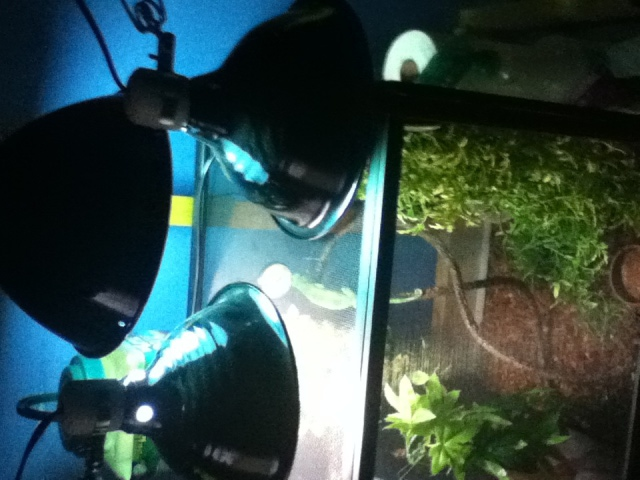 Information you asked for:
QuestionQUESTION: My Jacksons chameleon is about 10-11
Information you asked for:
QuestionQUESTION: My Jacksons chameleon is about 10-11
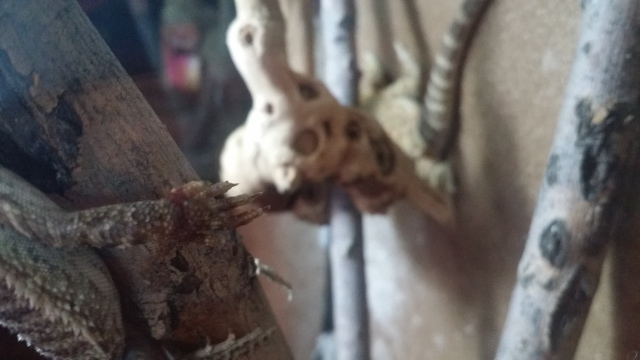 Need Help!!!!!
QuestionQUESTION: hey tracie I noticed that you are on
Need Help!!!!!
QuestionQUESTION: hey tracie I noticed that you are on
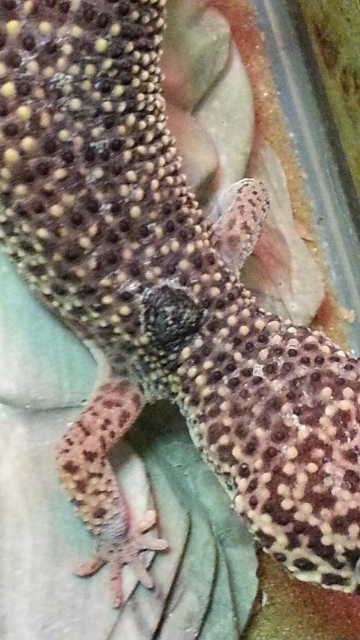 leopard gecko
QuestionChuck
Chuck
QUESTION: My sons leo
leopard gecko
QuestionChuck
Chuck
QUESTION: My sons leo
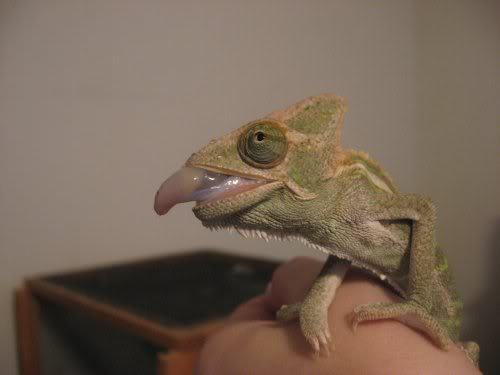 please help our chameleons tongue is very swollen
Questionpicture of swollen cam
QUESTION: about 2
please help our chameleons tongue is very swollen
Questionpicture of swollen cam
QUESTION: about 2
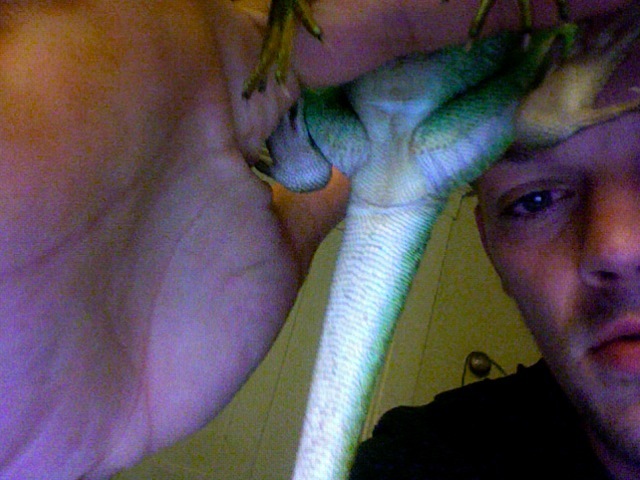 What is the sex of my Water dragon
Question
Chinses Water Dragon
Could you plaese tell me
What is the sex of my Water dragon
Question
Chinses Water Dragon
Could you plaese tell me